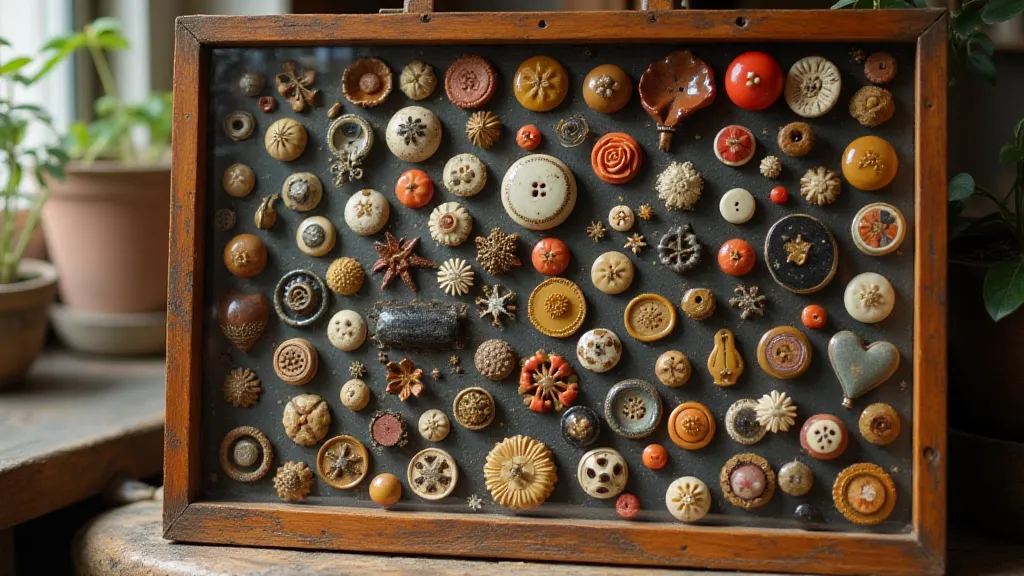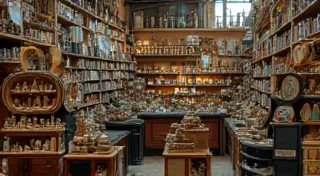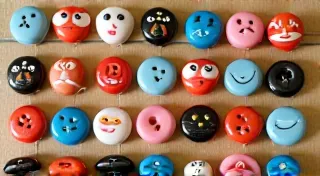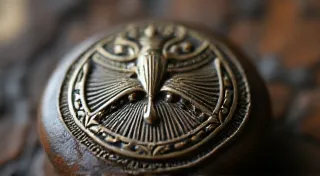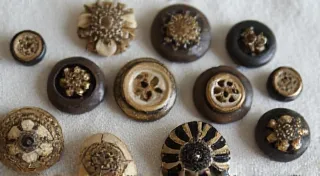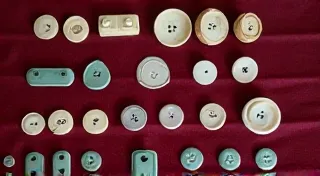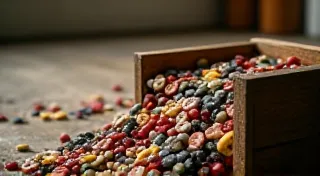Novelty Buttons: Whimsical Designs and Collector's Favorites
For many antique button collectors, the hunt isn't just about rarity or material – it’s about personality. And that's where novelty buttons shine. These aren’t your standard military dress buttons or generic garment closures. Novelty buttons are miniature works of art, often reflecting popular culture, advertising, and personal interests of the era they were made.
What Defines a Novelty Button?
Defining a "novelty" button can be subjective, but generally, it refers to buttons that deviate significantly from standard shapes and designs. They might depict animals, cartoon characters, famous landmarks, or advertise specific products. The designs are often playful, unusual, and intended to be eye-catching. While early novelty buttons were relatively rare, their production increased significantly in the late 19th and early 20th centuries as manufacturing techniques improved and consumerism flourished.
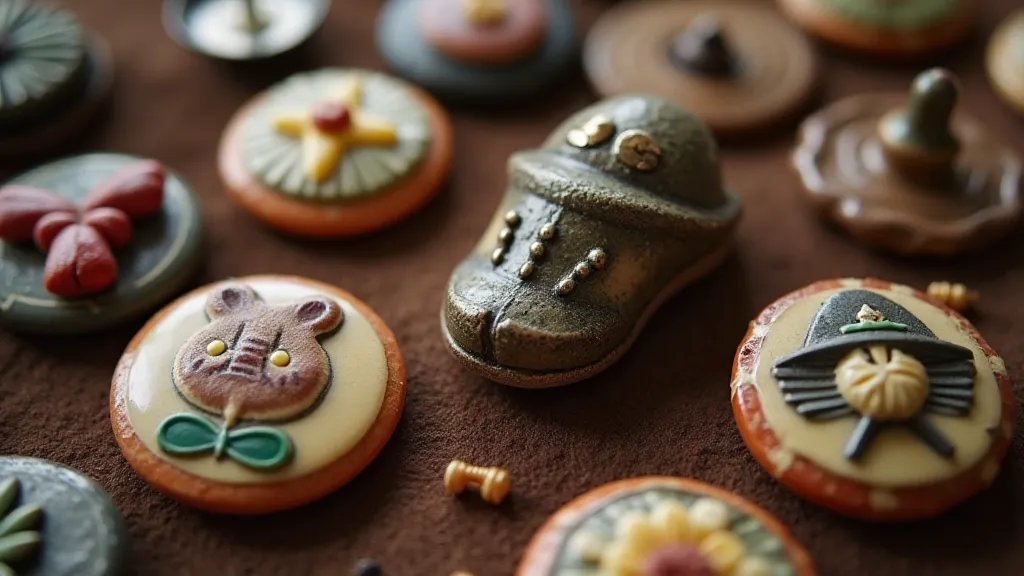
Popular Themes & Types
The variety of novelty button themes is truly astounding. Here are a few common categories:
- Advertising Buttons: These were incredibly popular, promoting everything from Coca-Cola and Kellogg’s to local businesses. They often feature logos, slogans, and product imagery.
- Animal Buttons: Cats, dogs, birds, and other animals were frequent subjects, especially for children’s clothing and accessories.
- Character Buttons: Buttons featuring cartoon characters, movie stars, or other figures of popular culture are highly sought after. Look for early examples featuring characters from vaudeville or silent films.
- Shape Buttons: Beyond the standard rounds and squares, novelty buttons came in countless shapes – stars, hearts, leaves, even miniature boots or teapots!
- Political Buttons: Often tied to election campaigns, these provide insight into historical figures and political landscapes.
Identifying and Valuing Novelty Buttons
Determining the value of novelty buttons can be tricky. Rarity, condition, material, and demand all play a role. Here are some tips for identification and valuation:
- Material: Celluloid, glass, metal (brass, steel, and silver), and horn were all used. Celluloid buttons are particularly vulnerable to cracking and deterioration.
- Size: Size often correlates with production methods and age. Smaller buttons can be more challenging to manufacture.
- Markings: Look for manufacturer’s marks or logos on the back of the button. These can help pinpoint the era and origin of the button.
- Condition: Buttons in excellent condition, free from scratches, chips, and discoloration, command higher prices.
- Research: Consult antique button price guides, online auction records, and connect with other collectors to get a sense of current market values.
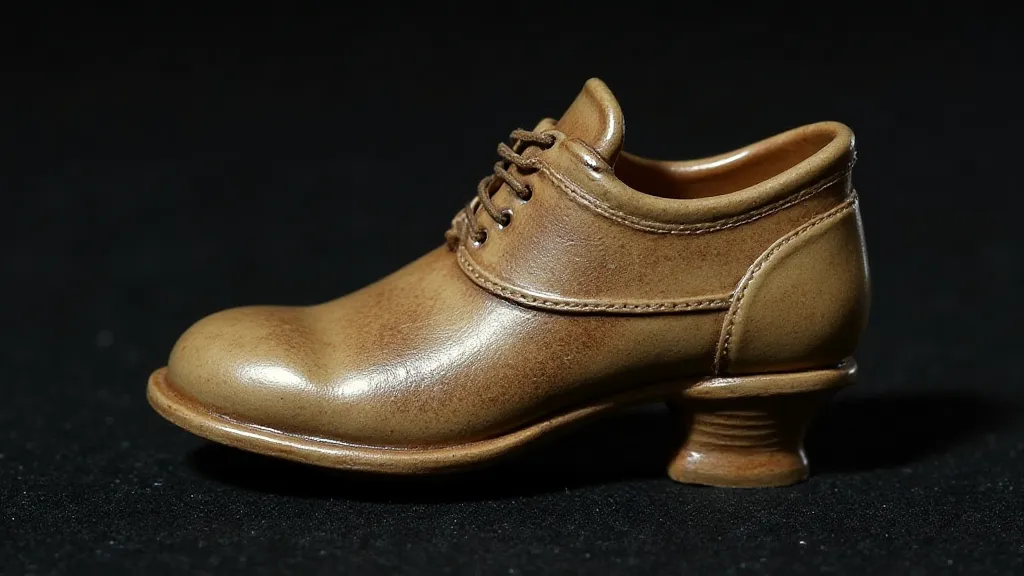
Collecting Tips for Novelty Button Enthusiasts
Ready to expand your button collection with these delightful treasures? Here are a few collecting tips:
- Specialize: Given the sheer variety of novelty buttons, consider focusing on a specific theme or type.
- Attend Button Shows: Button shows are a fantastic way to meet other collectors, buy and trade buttons, and learn from experts.
- Join Button Clubs: Many button clubs offer educational resources, newsletters, and a supportive community.
- Be Patient: Finding rare and desirable novelty buttons takes time and persistence.
The Enduring Appeal of Novelty Buttons
Novelty buttons offer a charming glimpse into the past, reflecting the culture, advertising, and personalities of bygone eras. Their whimsical designs and unique character make them a rewarding and enjoyable subject for button collecting. Whether you're a seasoned collector or just starting out, novelty buttons offer a delightful and endlessly fascinating world to explore.
